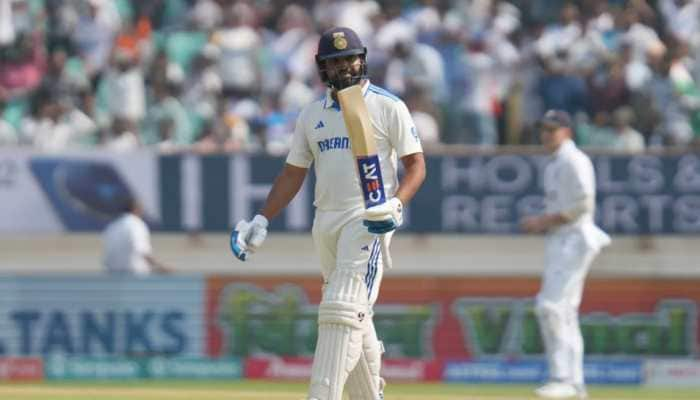Dinosaur-killing asteroid might have a sibling! Scientists discover an undersea crater - Details here
The crater, named Nadir after the nearby volcano Nadir Seamount, is of the same age as the Chicxulub impact caused by a huge asteroid at the end of the Cretaceous period, around 66 million years ago, which wiped out the dinosaurs and many other species.
- The finding raises the question of whether the crater might be related to Chicxulub.
- The crater was identified using seismic reflection.
- Nadir is of the same age as the Chicxulub impact that wiped dinosaurs.
Trending Photos
)
Arizona: The ocean floor is famously less explored than the surface of Mars. And when our team of scientists recently mapped the seabed and ancient sediments beneath, we discovered what looks like an asteroid impact crater.
Intriguingly, the crater, named Nadir after the nearby volcano Nadir Seamount, is of the same age as the Chicxulub impact caused by a huge asteroid at the end of the Cretaceous period, around 66 million years ago, which wiped out the dinosaurs and many other species.
The finding, published in Science Advances, raises the question of whether the crater might be related to Chicxulub in some way. If confirmed, it would also be of huge general scientific interest as it would be one of a very small number of known marine asteroid impacts and so give unique new insights into what happens during such a collision.
The crater was identified using seismic reflection as part of a wider project to reconstruct the tectonic separation of South America from Africa back in the Cretaceous period. Seismic reflection works in a similar manner to ultrasound data, sending pressure waves through the ocean and its floor and detecting the energy that is reflected back. This data allows geophysicists and geologists to reconstruct the architecture of the rocks and sediments.
After identifying and characterising the crater, we built computer models of an impact event to see if we could replicate the crater and characterise the asteroid and its impact.
The simulation that best fits the crater shape is for an asteroid 400 metres in diameter hitting an ocean that was 800 metres deep. The consequences of an impact in the ocean at such water depths are dramatic. It would result in an 800-metre thick water column, as well as the asteroid and a substantial volume of sediment being instantly vapourised with a large fireball visible hundreds of kilometres away.
Shock waves from the impact would be equivalent to a magnitude 6.5 or 7 earthquake, which would likely trigger underwater landslides around the region. A train of tsunami waves would form.
The air blast from the explosion would be larger than anything heard on Earth in recorded history. The energy released would be approximately a thousand times larger than that from the recent Tonga eruption. It is also possible that the pressure waves in the atmosphere would further amplify the tsunami waves far away from the crater.
Stay informed on all the latest news, real-time breaking news updates, and follow all the important headlines in india news and world News on Zee News.
Live Tv







)
)
)
)
)
)
)
)
)
)
